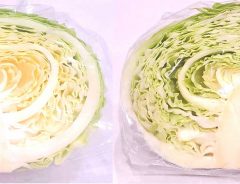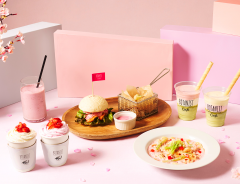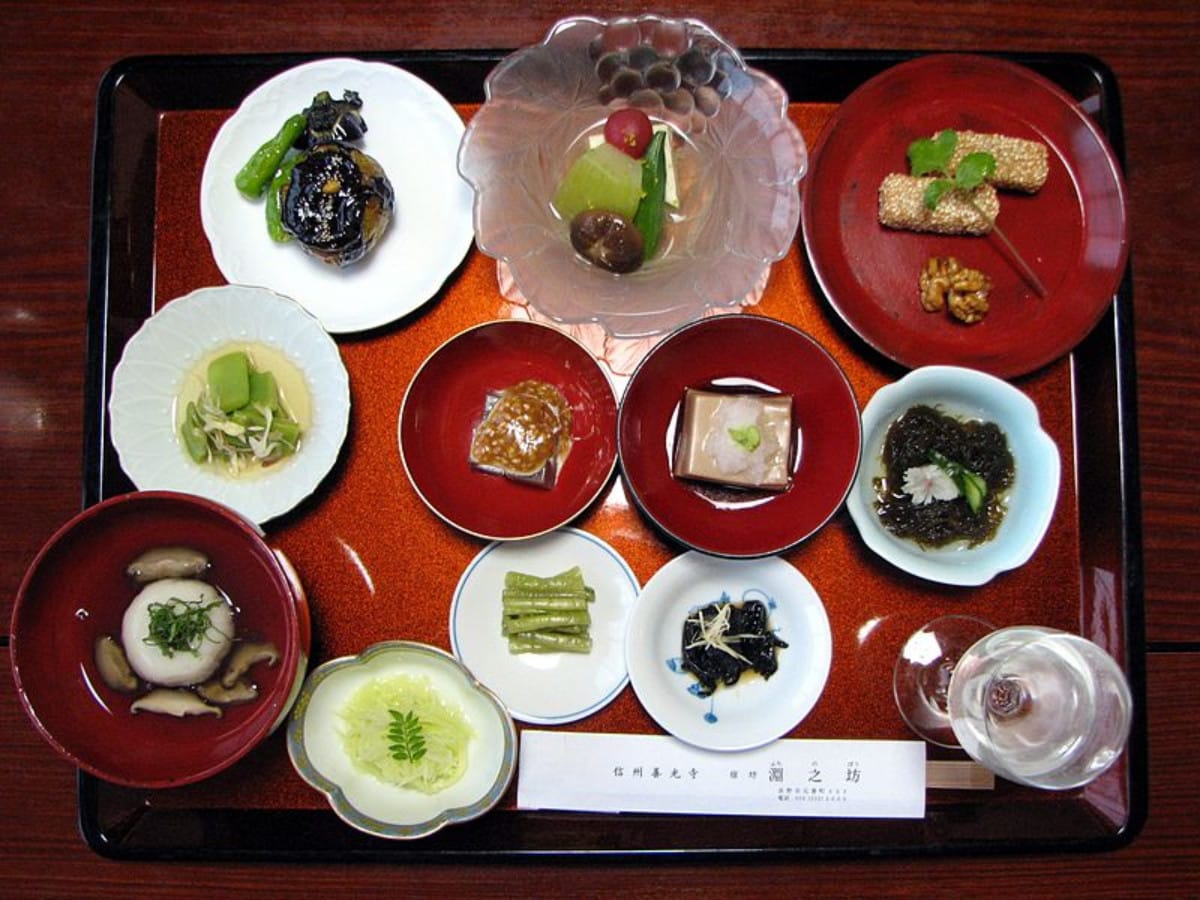- Tags:
- Vegan / Vegetables / Vegetarian
Related Article
-

Always pick the freshest cabbage with Japanese produce specialist’s pro tip
-

Japanese illustrator combines animals and vegetables to make awesome fairy tale creatures
-

Sustainable vegan cheese brand introduces ‘faux-mage’ lineup this October
-

Japan’s Mos Burger serves up Green Teriyaki Burger with convenient drizzling sauce packet
-

The vegan rave where everyone devours an edible mandala at a set hour
-

Botanist Tokyo’s Spring Sakura Menu Includes Pink Hot Chocolate and Pink Vegan Carbonara



There is a ton of great food in Japan. From elaborate homegrown New Year’s meals to spectacular seafood catches, foodies have countless delectable dishes to choose from. And with the proliferation of Uber Eats, many needn’t even leave their homes in order to indulge
Nevertheless, despite the fact that eating meat was banned for centuries in Japan, the island nation is hardly friendly to vegetarian or vegan diners. Meat consumption has increased throughout recent years, and the country does not seem to have much of a modern tradition of vegetarianism. For example, restaurant staff often misinterpret requests for vegetarian orders, and fish-based products are surprisingly difficult to avoid.
That said, it is possible to avoid eating animal products for diners who put in the due diligence and know some basic Japanese—and kanji. YouTubers and various websites also provide recipes and helpful hints for vegetarian and vegan home cooking.
On their YouTube channel, videlicious (ビデリシャス – おいしい動画) feature a series of videos by Peaceful Cuisine. The set showcases various types of vegetarian and vegan dishes, some of which are traditional Japanese meals without meat. Here are some of the more mouth-water pieces.
Veggie Dumplings
Gyoza, dumplings, are a tasty treat and perennial favorite at ramen restaurants across Japan. Unfortunately, they typically include pork or other ground meats. Peaceful Cuisine, however, shows that a delicious alternative can be made with soy meat for vegetarian palates.
Per viewer request, gyoza is on the menu tonight. Peaceful Cuisine begins by making the vegetarian filling. He boils and drains the soy meat, and mixes it with chopped green onions and cabbage. He adds grated garlic and ginger, and then the wet ingredients—soy sauce, sesame seed oil, and mirin—and salt.
Although most cooks use store-bought gyoza wraps, Peaceful Cuisine opts to make them from scratch. The dough is made from flour and water, and easy enough to get started. However, it can be messy and hard to handle for beginners who may prefer the pre-made alternative.
Finally, the vlogger places the filling in the wrap, folding and pinching the top. The dumplings are cooked in oil and water and heated until the water is gone and the gyoza is browned on the bottom.
Curry Buns
Another quick snack, curry buns (カレーパン) are found at nearly every bakery. While they are delicious, the Japanese curry they contain is typically not vegetarian. Naturally, Peaceful Cuisine has a meat-free alternative he is ready to prepare.
The vlogger starts by chopping garlic, ginger, onion, green pepper, carrot, and a potato—all typical ingredients of Japanese curry. The garlic, ginger, and onion are cooked in oil, and the vegetables added a little later. He adds water and continues cooking until the vegetables are done.
In a separate cup, Peaceful Cuisine mixes salt, flour, curry powder, and water to make the curry base. It is mixed into the cooked vegetables.
Next up is the dough, consisting of flour, bread flour, oil, cane sugar, salt, water, and yeast. Peaceful Cuisine makes the dough by mixing the ingredients in a bowl and kneading the result. He leaves the dough covered to ferment until it has doubled in size.
Like with the gyoza wrap, the dough is divided into pieces and flattened using a rolling pin. The curry mix is placed on the wrap, and the bun is formed in a fashion similar to folding the gyoza. Peaceful Cuisine then adds bread crumbs to the exterior and lets the buns ferment a bit more while covered. Finally, the curry buns are deep-fried for two minutes on each side and allowed to drain. Bon appetit.
Veggie Mapo Tofu
Mapo Tofu is another excellent dish typical in Japan. While it contains tofu, this spicy Chinese cuisine item also typically contains ground pork or other meats. Fortunately, a vegetarian version can be whipped up in a jiffy.
Peaceful Cuisine begins by hydrating dried Shiitake mushrooms and draining firm tofu. He adds garlic, ginger, and doubanjiang to seasame oil heated in a skillet. After heating the ingredients, he adds the tofu and cooks it until its dry.
After seasoning the mushrooms and throwing in some corn starch, he adds the mixture and more tofu and green onions to the pan. Mix while heating, and voila, it's done.